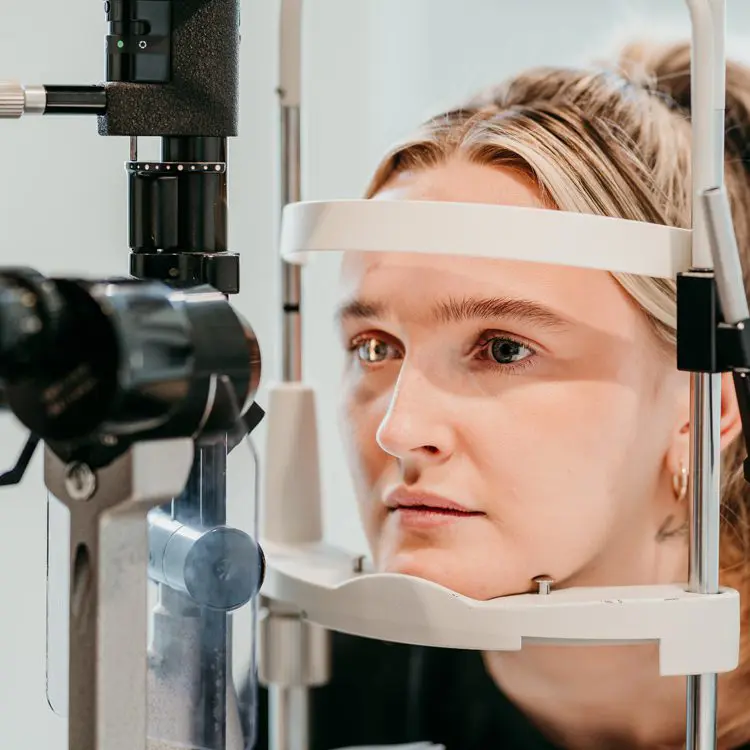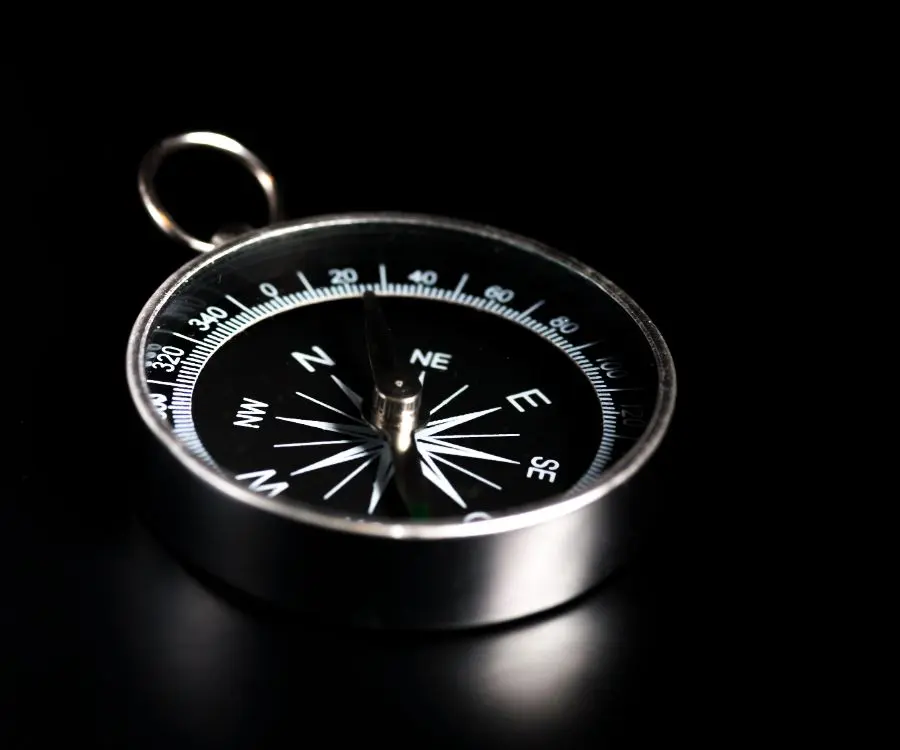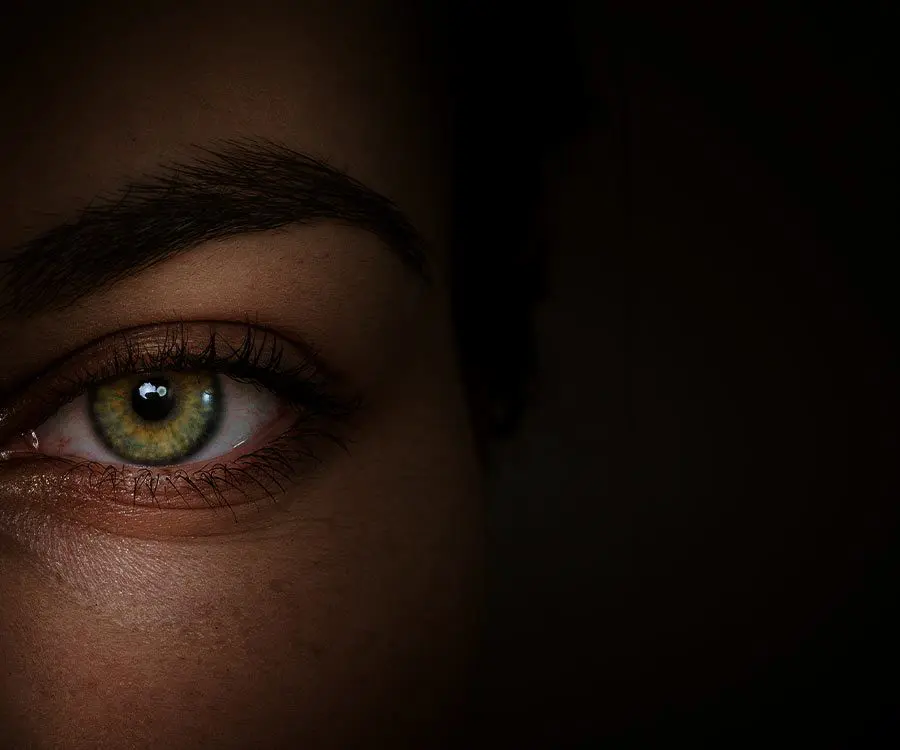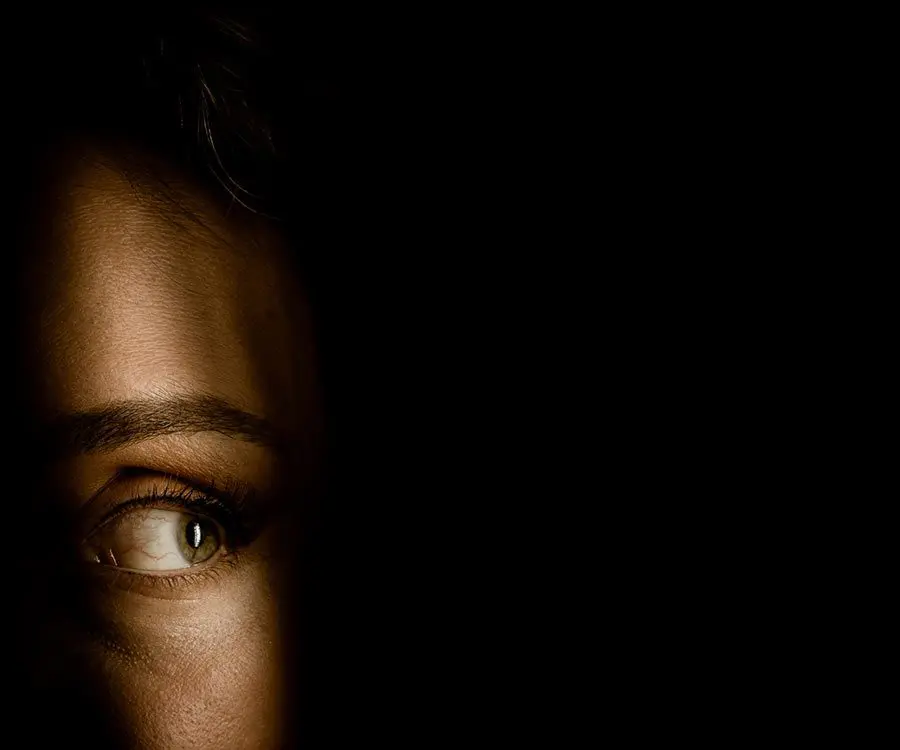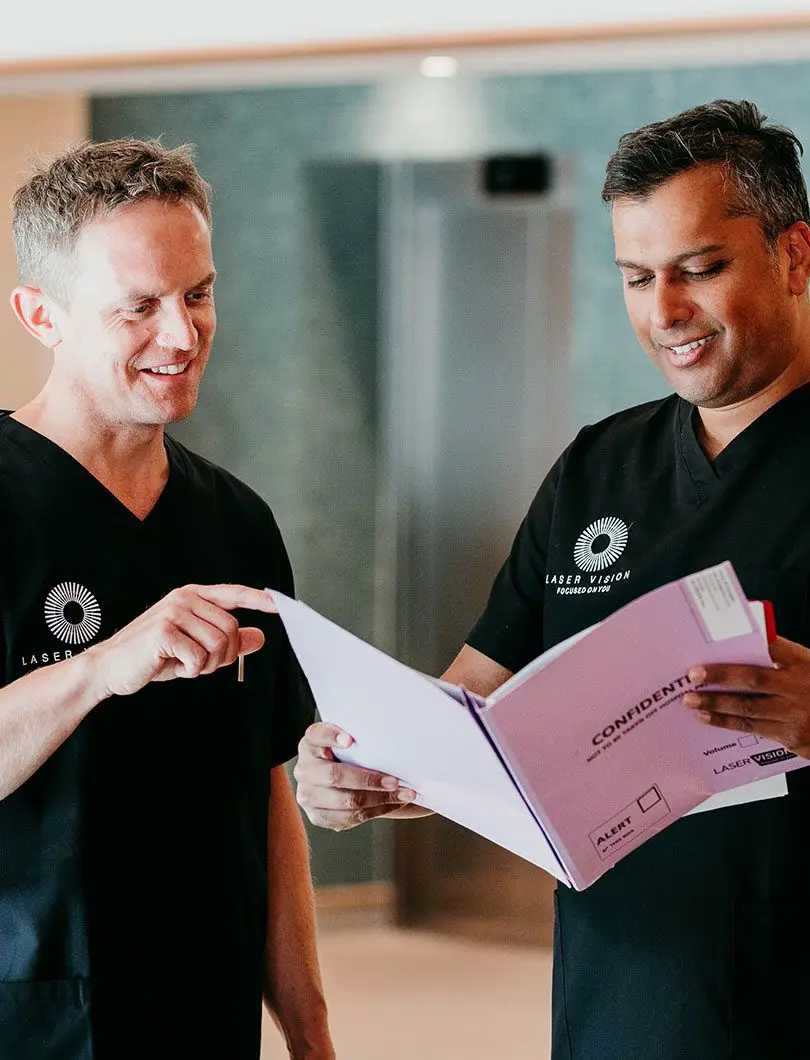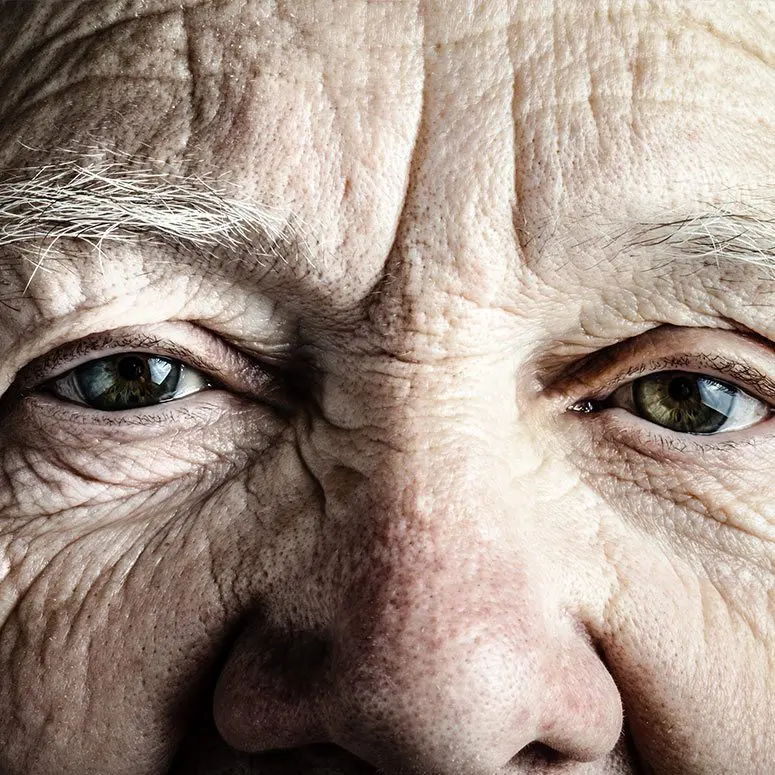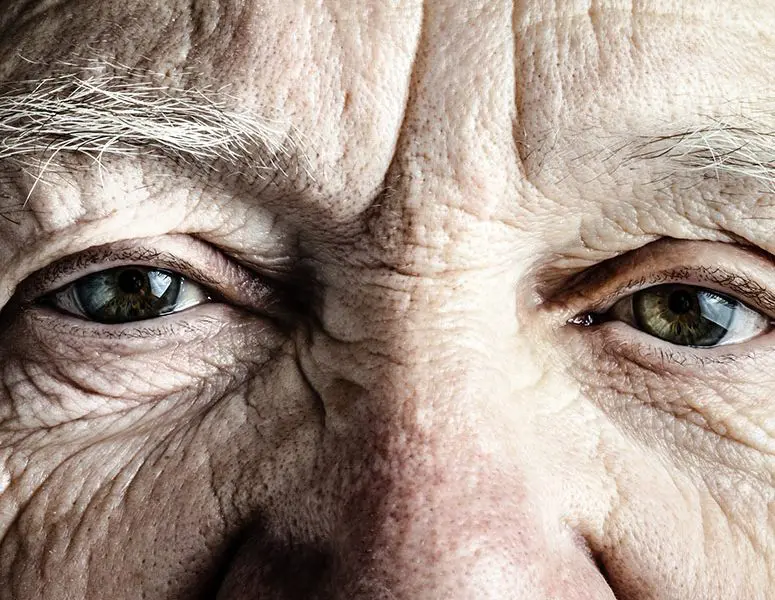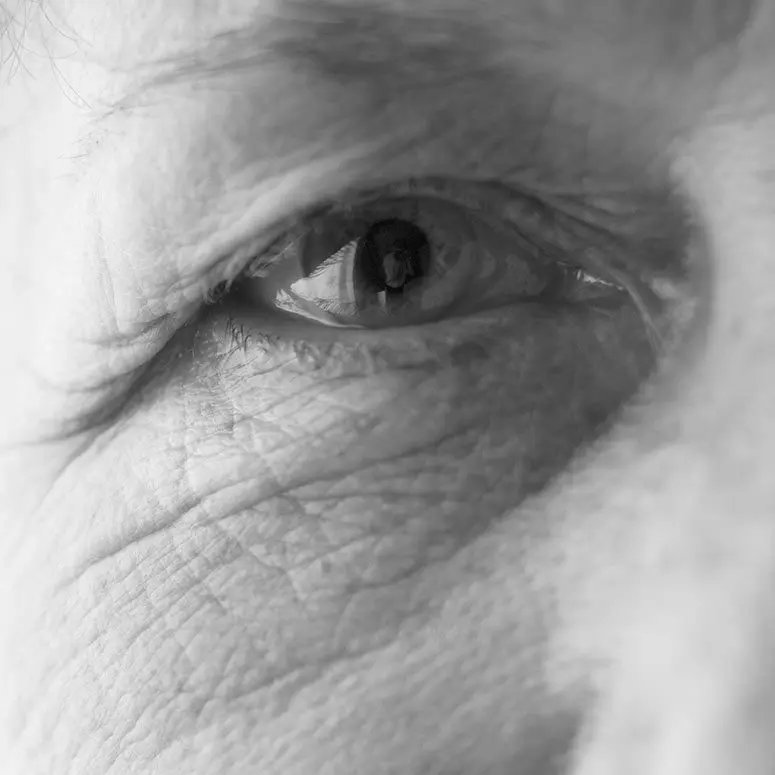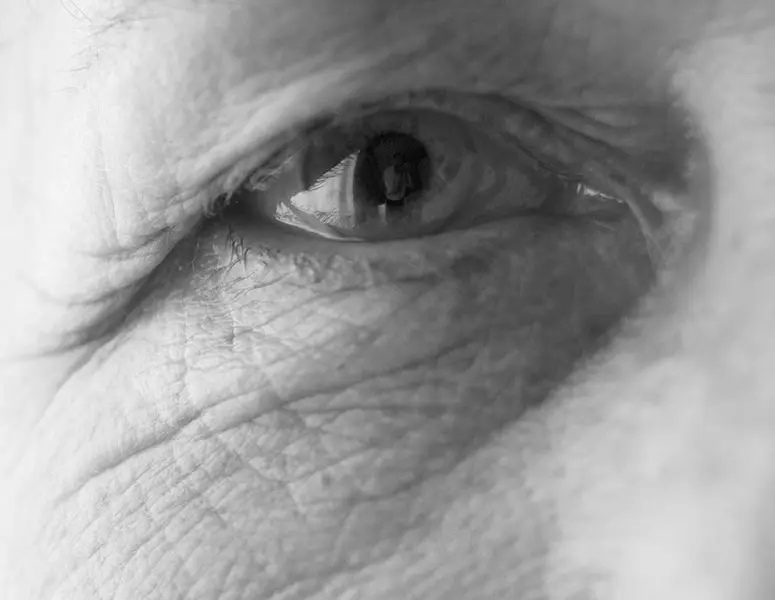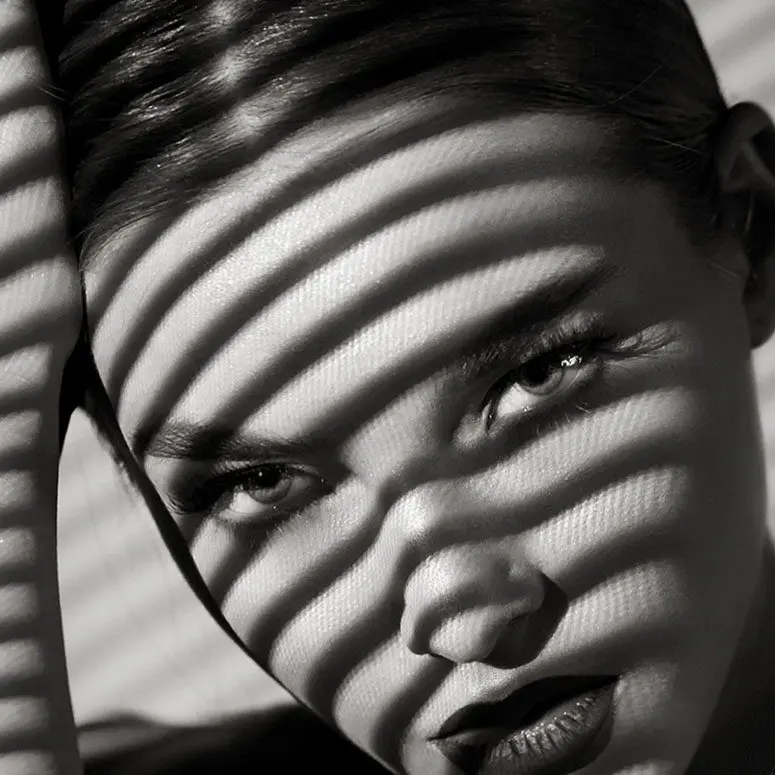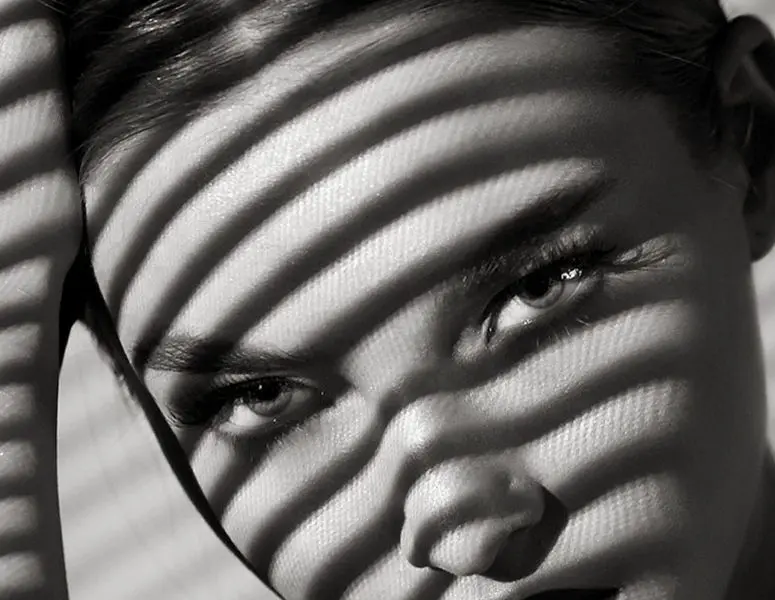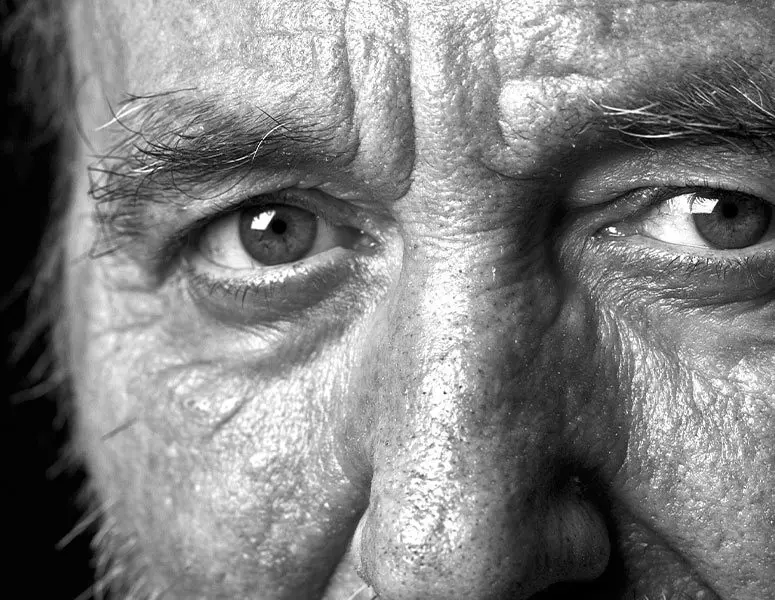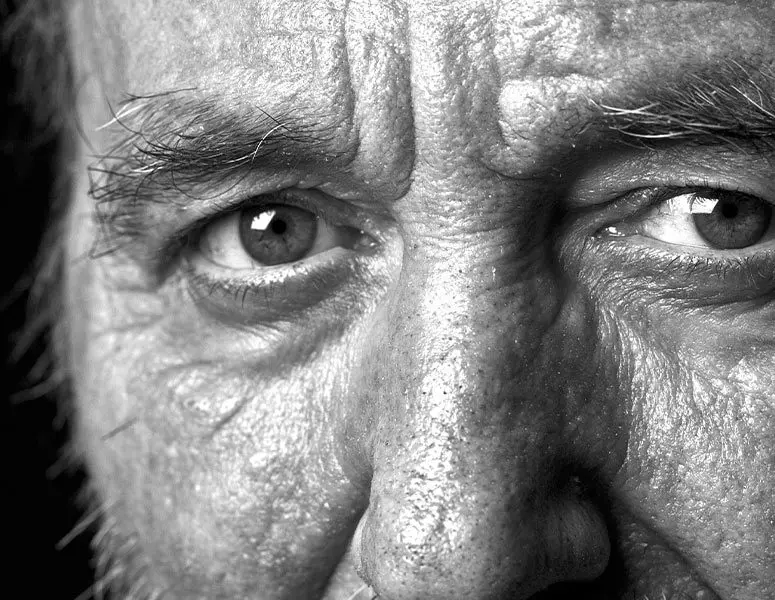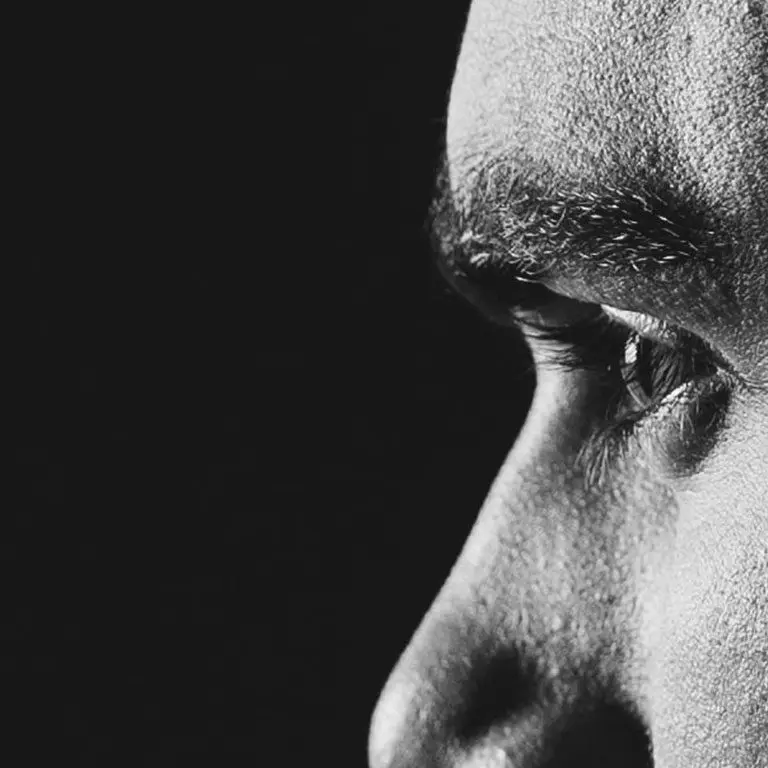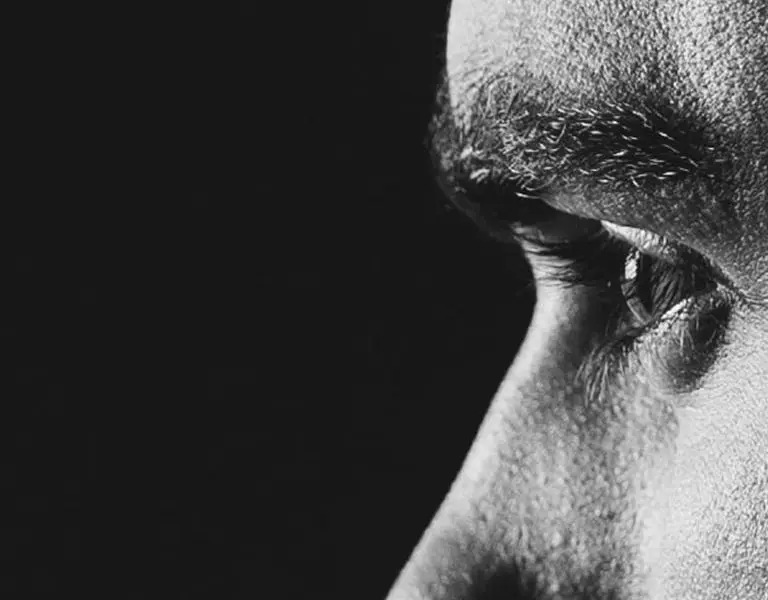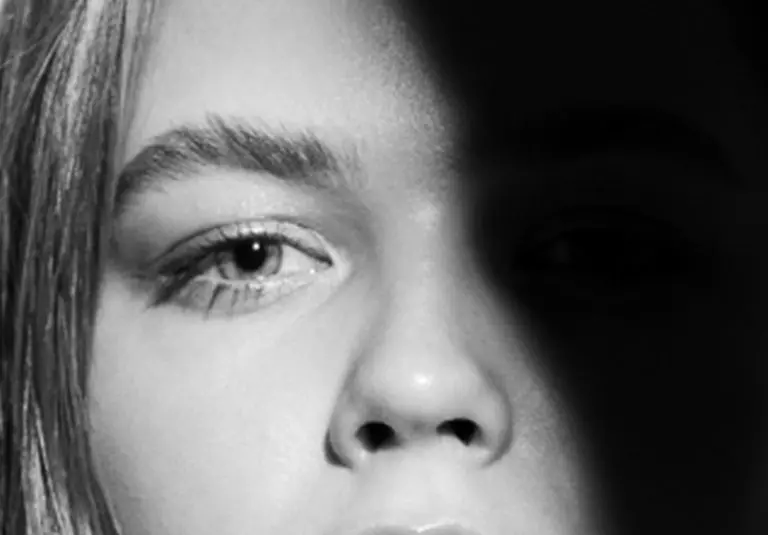- Corneal Surgery

Femtosecond Laser Assisted DALK
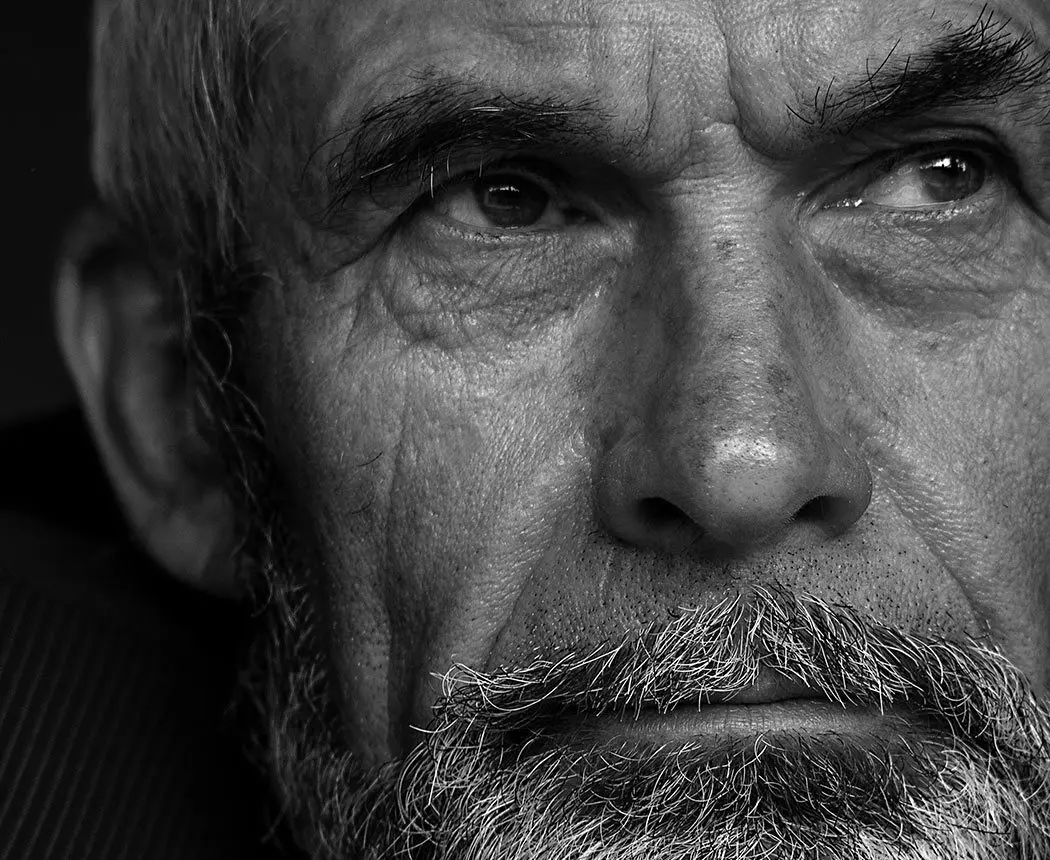
- Treatment

- Corneal Surgery
Femtosecond Laser Assisted DALK
Deep Anterior Lamellar Keratoplasty (DALK) is a cornea transplant technique where the corneal epithelium and stroma are removed leaving only Descemet’s membrane and corneal endothelium.
FS-DALK utilises the Femtosecond laser to cut the patient and donor cornea. The superior accuracy of the incisions, enables the creation of a perfect interlocking fit. This can reduce the amount of astigmatism and potentially improve the rate of recovery and improve postoperative vision.
Deep Anterior Lamellar Keratoplasty (DALK) is a cornea transplant technique where the corneal epithelium and stroma are removed from the patient ( >95% corneal thickness removed) leaving only a very thin layer of cornea including Descemet’s membrane and corneal endothelium.
A donor cornea without endothelium is then sutured into leaves the eye structurally stronger and there is less chance of graft rejection. The femtosecond laser Is used to cut or trephine both the host and donor corneas resulting in a perfect sized graft along with different edge shapes / designs allowing a ‘lock and key’ fit for greater interface stability.
A number of conditions may lead to the cornea losing its regular shape, or transparency and thus visual properties. These include: keratoconus, herpes simplex keratitis, contact-lens related infection, corneal dystrophies, scarring and trauma. A DALK procedure requires the patient to have a healthy corneal endothelium.
Deep Anterior Lamellar Keratoplasty (DALK) is a cornea transplant technique where the corneal epithelium and stroma are removed from the patient ( >95% corneal thickness removed) leaving only a very thin layer of cornea including Descemet’s membrane and corneal endothelium.
A donor cornea without endothelium is then sutured into leaves the eye structurally stronger and there is less chance of graft rejection. The femtosecond laser Is used to cut or trephine both the host and donor corneas resulting in a perfect sized graft along with different edge shapes / designs allowing a ‘lock and key’ fit for greater interface stability.
A number of conditions may lead to the cornea losing its regular shape, or transparency and thus visual properties. These include: keratoconus, herpes simplex keratitis, contact-lens related infection, corneal dystrophies, scarring and trauma. A DALK procedure requires the patient to have a healthy corneal endothelium.

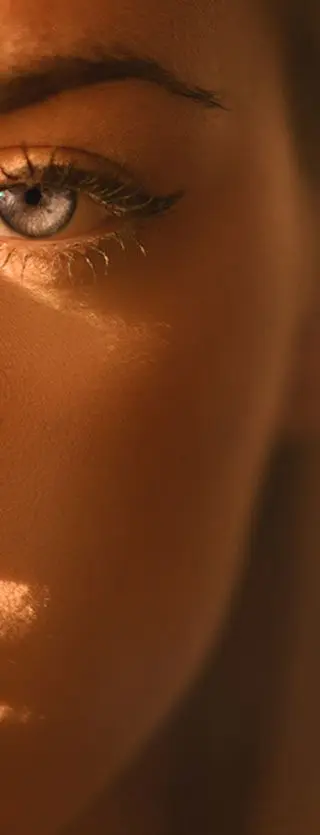
How is it performed?
- 1.Performed under general anaesthetic in the operating theatre.
- 2.Patient is laid flat on the treatment bed.
- 3.Povidone iodine clean, sterile drape applied, and eyelid support inserted.
- 4.Full thickness central section of the host cornea is removed and the donor cornea sutured into place.
- 5.Topical anti-inflammatory and antibiotic drops applied.
